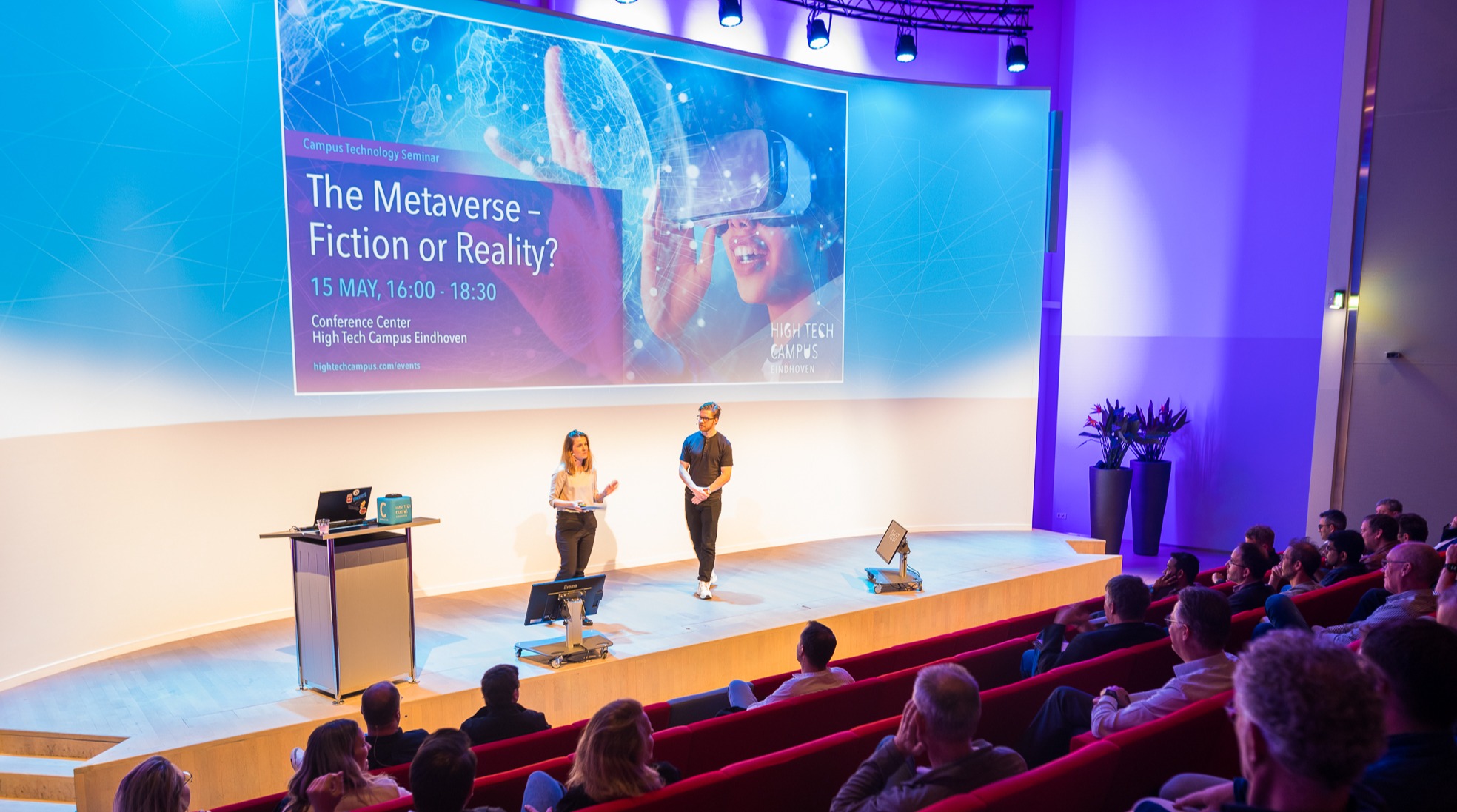


As technology evolves, the possibilities metaverse offers keep expanding, from digital twins of physical environments to educational platforms.
Fiction or reality? A mere entertainment platform or a valuable tool for businesses? As with the rise of every other technology deemed disruptive, many dilemmas arise when thinking about the metaverse.
In a nutshell, the metaverse is a virtual reality space existing alongside the physical world we can access through the internet. Technologies like virtual reality (VR) and augmented reality (AR) allow experiencing it. A metaverse wants to be a fully functioning universe – having its own economy – with inclusivity and interoperability as core attributes.
During a session on the topic organized by the High Tech Campus Eindhoven (HTCE), use cases and applications were discussed. In addition to two insightful speeches, the campus conference center also hosted demonstrations of the technology, which, although in its early stages, can already bring value to companies.

“The metaverse doesn’t exist,” stated Ruben Raadsheer, NVIDIA EMEA channel enablement manager, starting his speech. “There isn’t a single metaverse because different metaverses exist at every scale,” he continued. NVIDIA’s version of the metaverse is the Omniverse. There, AI and 3D rendering come together, providing a space to create and operate metaverse experiences.
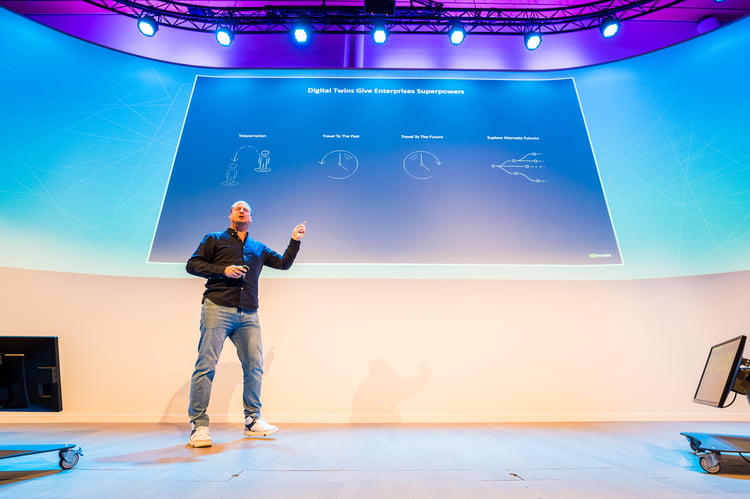
Creating realistic digital twins is one of the main use cases of NVIDIA’s software. Some applications include using a digital twin for fitting clothes or scanning a home to decide where to place a new piece of furniture. German automaker BMW used the software to create a digital twin of its own production factory. In addition to simulating processes, it allows reconfiguring and redesigning of factories.
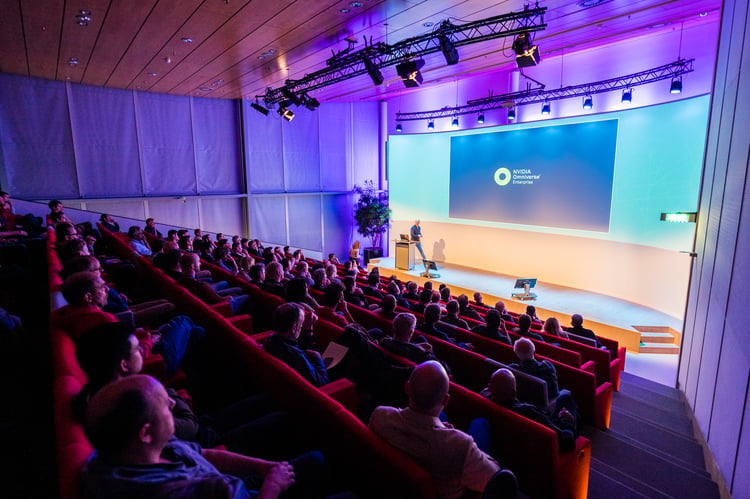
Moreover, NVIDIA created a digital twin of the Earth. Combining 3D representations with meteorological data, Earth-2 provides scientists with a tool to study climate change, as they can foresee and simulate different scenarios.
One main misconception regarding the metaverse is defining it as a videogame. While it’s not a game, the expertise and the technologies used by the video game industry can provide valuable input to developing metaverse-related technologies. Epic Games, the company that developed Fortnite, is using its technologies to create metaverse applications.

Simon Blakeney – Epic Games technical account manager – introduced the capabilities of the Epic ecosystem. An example is reality capture, which gets 3D representations out of pictures, to replicate a monument, a city, or any other kind of scenario. The technology is also behind the filming of Disney’s The Mandalorian, which used Epic technology to create scenery.
Another tool developed by Epic is Twin Motion, which “brings projects to life,” providing architects and real estate with a tool to see their ideas in a detailed and immersive way, explained Blakeney.
Among the many purposes the metaverse can serve, there is education, not merely in a notion-learning sense. Putting ourselves in somebody else’s shoes – with the entailed emotional involvement – is also possible.
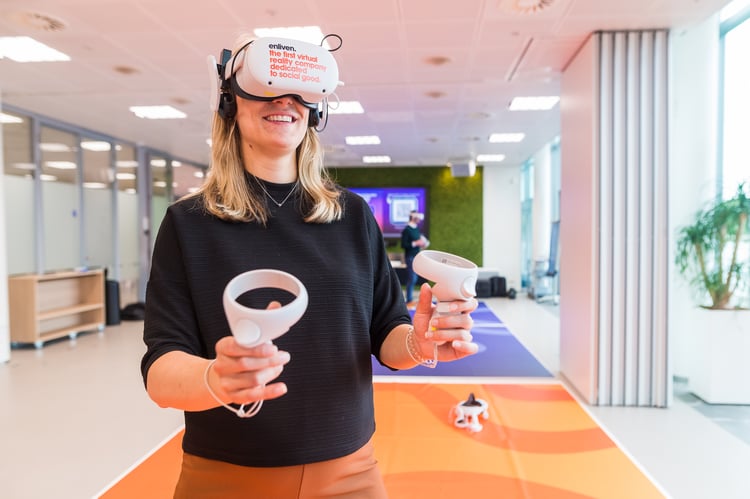
In a demo by Enliven, visitors had a chance to be, for a few minutes, a woman in a workplace environment. Using a VR visor, users could see the world through the eyes of a woman victim of discrimination at her office.
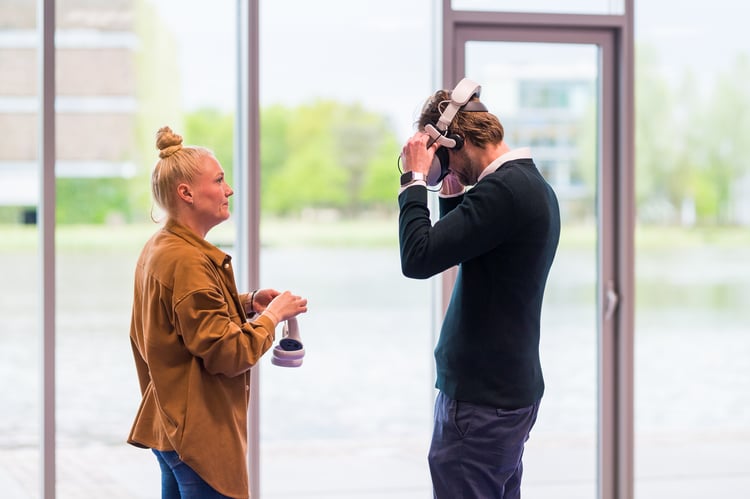
Enliven is providing empathy training leveraging VR’s immersive power. From bullying to domestic violence or the world of a child trapped in the struggle between divorcing parents, the company developed several educational experiences.
VR headsets allow one to immerse in a virtual world through image and sound, while pads allow one to interact with the objects in the scenario. However, these controllers can’t replicate all movements a human hand can perform, nor can they come close to replicating the feelings of using a human hand. SenseGlove developed a set of haptic gloves that enhance the VR experience, connecting with the virtual as if it’s real.

In their demo, attendees could wear them, interacting with objects – grasping and throwing items, up to using a driller – as if one were using one’s own hands. This technology can be useful for many business applications. Training is probably the most powerful, but other use cases, such as marketing and prototyping, are also relevant.
Moreover, the haptic gloves stimulate human muscle memory – our body’s ability to develop skills through practice. If one can practice a given task via a realistic and reliable VR application, feeling and touching objects, one’s ability to replicate that movement in real life would be more effortless. Or, at least, one would know what the task is all about.
As highlighted by the speakers, a possibility offered by metaverse-related applications is to replicate the real world or to run reliable simulations of how a given scenario would unfold. For companies, this means having the chance to simulate the usage or lifespan of a given piece of machinery or component.
Prespective’s software allows the designing of digital twins of pieces of machinery, running thousands of cycles to simulate the equipment behavior. Furthermore, through a VR visor, one can be immersed in the virtual factory, better understanding how a robotic arm or a conveyor belt operates. Parameters can be set, and hundreds of thousands of simulations can be run, providing relevant insights into the system’s functioning and informing decisions on installing that given robot in the real world.
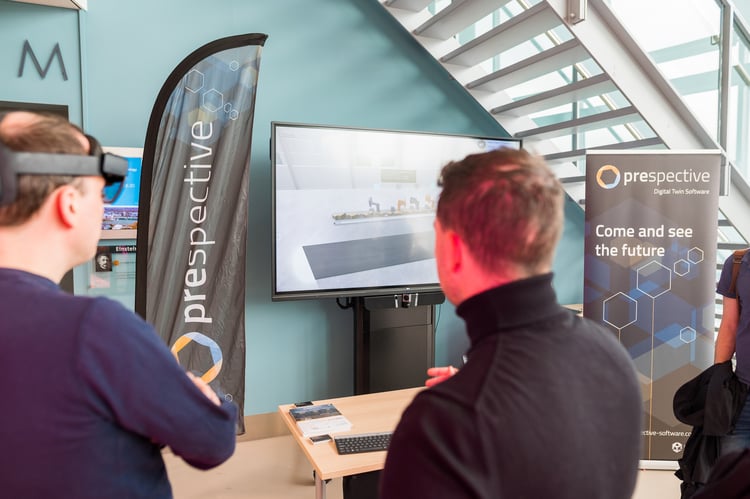
In a dilemma between the metaverse being fiction or reality, companies like Epic Games, NVIDIA, or Enliven are undoubtedly siding for reality, or a new reality, where physical and digital are indissolubly interconnected.
Read the article originally posted to Innovations Origins here.